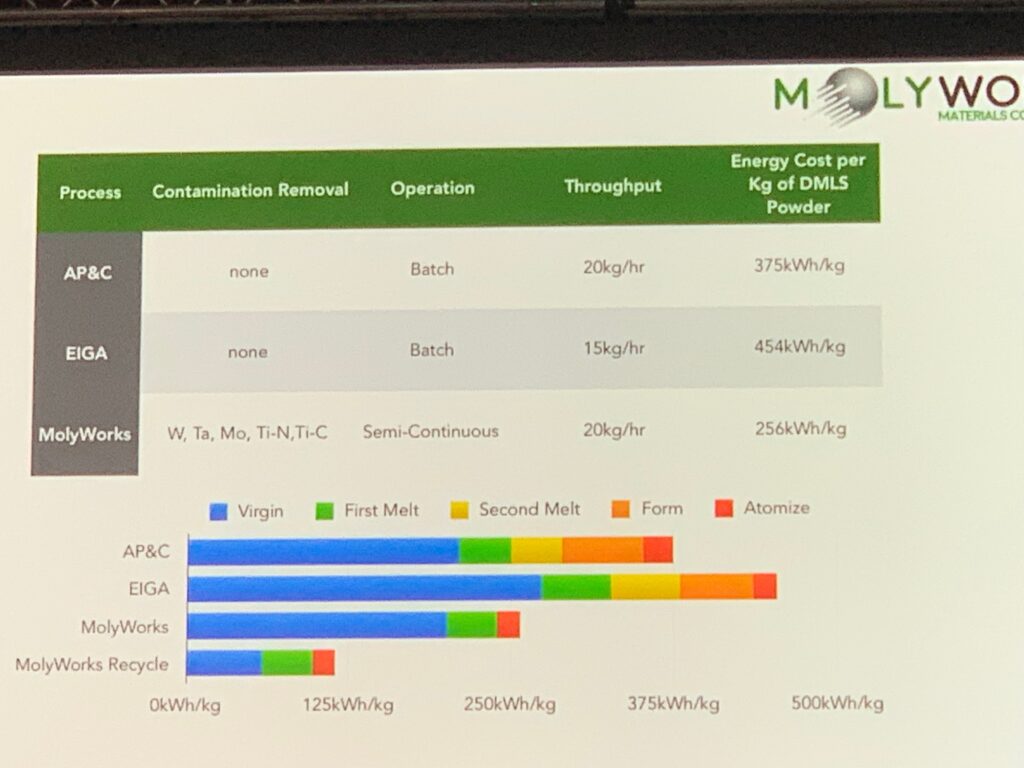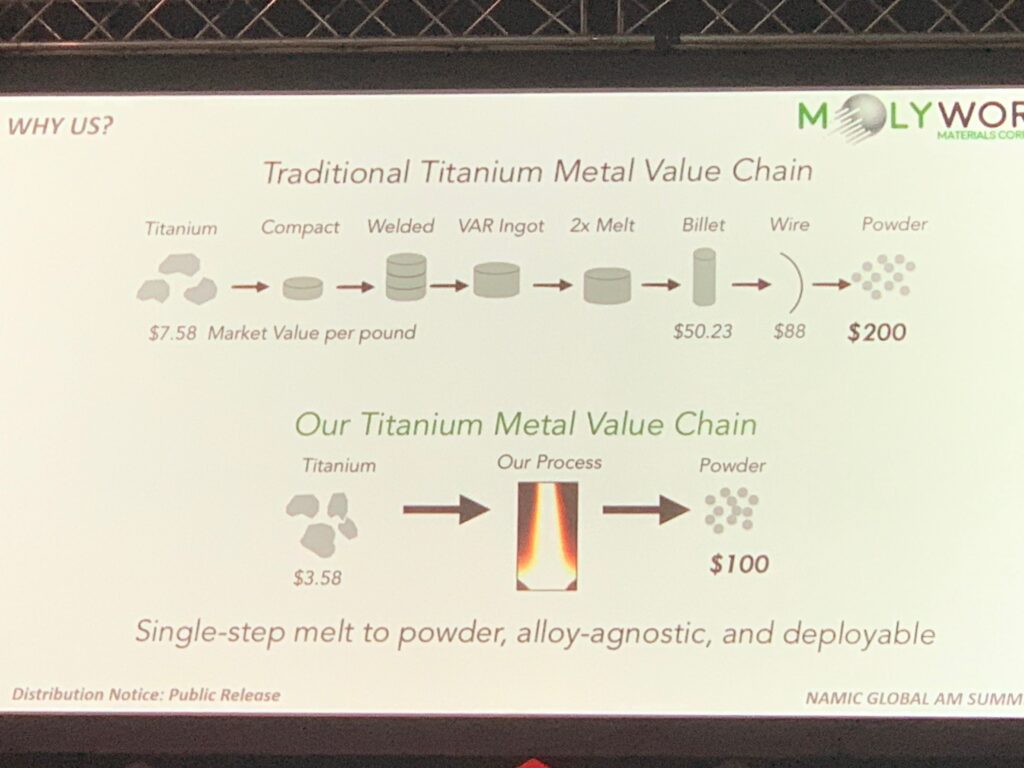Our bellies full of hawker food we walk towards the Singapore Expo. We’re two and two becoming part of NAMIC’s Global Additive Manufacturing Summit, a small part of a significant attempt of the candle power heavy nation of Singapore to become a nexus of 3D printing. A few countries are making concerted efforts to concentrate 3D printing within their borders. NAMIC is Singapore’s initiative, and as 3DPrint.com we desperately wanted to engage with it because it was so research and application heavy. 3D printing research from Singapore has exploded over the past few years as have a number of very application-specific startups that together make up a core of a Singaporean 3D printing cluster. Additionally, Singapore has also managed to attract the attentions of various 3D printing companies such as Additive Industries, HP, and GE with partnerships. The country has also reached out to companies such as Siemens to get them to concentrate their 3D printing efforts here. All in all, it is an irresistible effort that paper by part and MoU by MoU is layer by layer constructing a 3D printing cluster here.

And this is pretty remarkable. Long a technology powerhouse, Asia has been a fast follower at best in 3D printing. Our industry is concentrated in Europe and spread out in the states. For long Asian researchers, centers and companies were far and few in between. Until the recent ascendancy of Chinese startups in low-cost FDM, Asia wasn’t really leading in any area of 3D printing. It is optimism bordering on the foolhardy to then place a stake in the ground to try to engineer an industry core here. But this is exactly what NAMIC is doing and so far they’re really making headway. The scene here is vibrant and growing quickly. Out of all the countries that have national initiatives I admire Denmark’s and Singapore’s the most since they’re getting the most bang for their buck and really spending where it counts. In sheer coordination and leveraging the experience of the country in building from nothing I believe the most in the Singaporean initiative over all others.
Also, they have the best food. Post hawker daze, therefore, we sat down to listen to Mahendran Reddy, NAMIC’s Business Development Director’ deliver his opening. Then Dr Ho Chaw Sing, Managing Director, NAMIC welcomed us. The Guest of Honour, Chee Hong Tat, Senior Minister of State, Trade and Industry and Education then spoke, telling us that “Additive Manufacturing will improve lives.”
Larry Lyons, Vice President of Product, Desktop Metal, then spoke of the company’s journey, quoting some incredible print speeds. Sylvia Monsheimer, Head of Market Segment N3D, Evonik Germany, spoke of high-performance materials, while Benjamin Moey, Vice President, Additive Manufacturing (Asia Pacific), Siemens, wants to design materials for industrial additive manufacturing as well so perhaps they should get together.
Javier Fernandez of Chitonous gave a fascinating presentation on biologically inspired materials. He spoke of biomaterials for “$6 a kilo, the prices of engineering plastics.” Chitionous takes chitosan and other “abundant biomaterials” and takes products such as shrilk, which is an artificial insect skin material that can be used by industry. Some of these materials are 3D printable and the company has made 5-meter tall parts out of biomaterials from Singapore. Chitonous’ vision is for local recycling to collect and use biomaterials locally.
Volker Hammes, Managing Director BASF New Business GmbH, talked about collaborating on materials fit for purpose. He spoke of BASF’s broad materials portfolio in 3D printing and their willingness to look hard and deep at using in-process waste for new more efficient materials. He also explained that the company was now scoring all new materials on competitiveness and sustainability and will move into more sustainable solutions.

Christopher Eonta, the Founder and CEO of the MolyWorks Materials Corporation, detailed how they were developing a containerized atomization solution that could take a wide array of scrap materials and turn them into 3D printing powder for metal printers. The company has several NSF and US Military grants and is now trying to take $1.40 a pound scrap into $ 95-pound powder and then $1100 a pound aerospace parts. The relatively lower energy costs were very exciting as was the company’s grasp of the value chain.
All in all it was an exciting and thoughtful day and I’m looking forward to tomorrow.

Subscribe to Our Email Newsletter
Stay up-to-date on all the latest news from the 3D printing industry and receive information and offers from third party vendors.
Print Services
Upload your 3D Models and get them printed quickly and efficiently.
You May Also Like
The Dental Additive Manufacturing Market Could Nearly Double by 2033, According to AM Research
According to an AM Research report from 2024, the medical device industry, specifically in dentistry, prosthetics, and audiology, is expected to see significant growth as these segments continue to benefit from...
Heating Up: 3D Systems’ Scott Green Discusses 3D Printing’s Potential in the Data Center Industry
The relentless rise of NVIDIA, the steadily increasing pledges of major private and public investments in national infrastructure projects around the world, and the general cultural obsession with AI have...
AM Research Webinar Explores Continuum’s Sustainable Metal Additive Manufacturing Powders
Metal additive manufacturing (AM) powder supplier Continuum Powders is working to develop solutions that empower industries to reduce waste and optimize their resources. An independent life cycle assessment (LCA) of...
3D Printed Footwear Startup Koobz Lands $7.2M in Seed Round
California-based Koobz is focused on reshoring the U.S. footwear supply chain with advanced manufacturing processes, including 3D printing. The startup just announced that it has added $6 million to its...
































